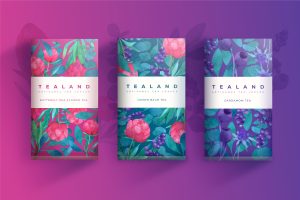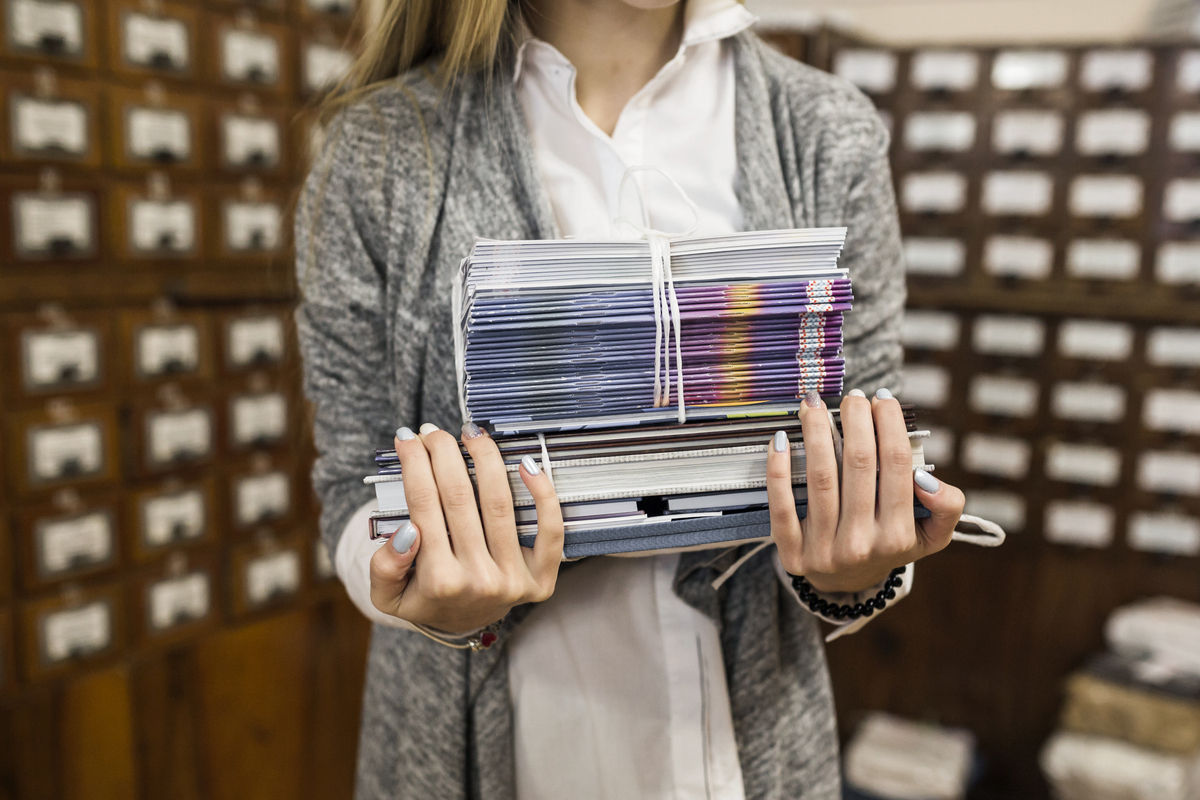
Introduction
Printed Materials- Whether it’s a captivating novel, a well-designed brochure, or an informative manual, the quality and durability of the binding play a crucial role in the overall effectiveness and longevity of these materials. Proper binding is the art and science of securely fastening the pages of a document together, ensuring that it remains intact and functional throughout its lifespan. It goes beyond mere aesthetics, as it directly impacts the functionality, readability, and user experience of printed materials. Imagine a beautifully designed book with pages falling out or a presentation folder with loose inserts – such issues not only diminish the professional image but also hinder the usability and impact of the content within.
Effective binding techniques serve as the backbone of well-crafted printed materials, providing structural integrity, durability, and ease of use. Whether you opt for traditional methods like saddle stitching, perfect binding, or spiral binding, or choose innovative alternatives like thermal binding or wire-o binding, selecting the appropriate binding style is crucial to meet the specific requirements of your project.
We will delve into the various binding options available, their advantages and limitations, and provide insights into selecting the most suitable binding method for different types of documents. By understanding the significance of proper binding, you can ensure that your printed materials not only make a lasting impression but also stand the test of time.
What is the significance of proper binding for printed materials?
Proper binding for printed materials holds immense significance in ensuring their overall effectiveness and longevity. While the digital era has brought about a shift in information consumption, the tactile experience and tangible nature of printed materials still hold value. Proper binding goes beyond mere aesthetics; it directly impacts the functionality, durability, and user experience of printed materials.
Imagine a beautifully designed book where pages are constantly slipping out, or a manual with loose inserts. Such issues not only diminish the professional image but also hinder the usability and impact of the content within. With proper binding, the document remains intact, allowing for a seamless reading experience and preserving the intended organization of information.
Proper binding enhances the durability of printed materials. The binding method used determines how well the pages withstand wear and tear over time. High-quality binding methods, such as perfect binding or case binding, offer superior strength and durability, ensuring that the materials can withstand frequent handling, opening, and closing. This is especially important for materials that are meant to be used repeatedly, such as instruction manuals or reference guides. Proper binding helps to extend the lifespan of the printed materials, allowing them to withstand the test of time.
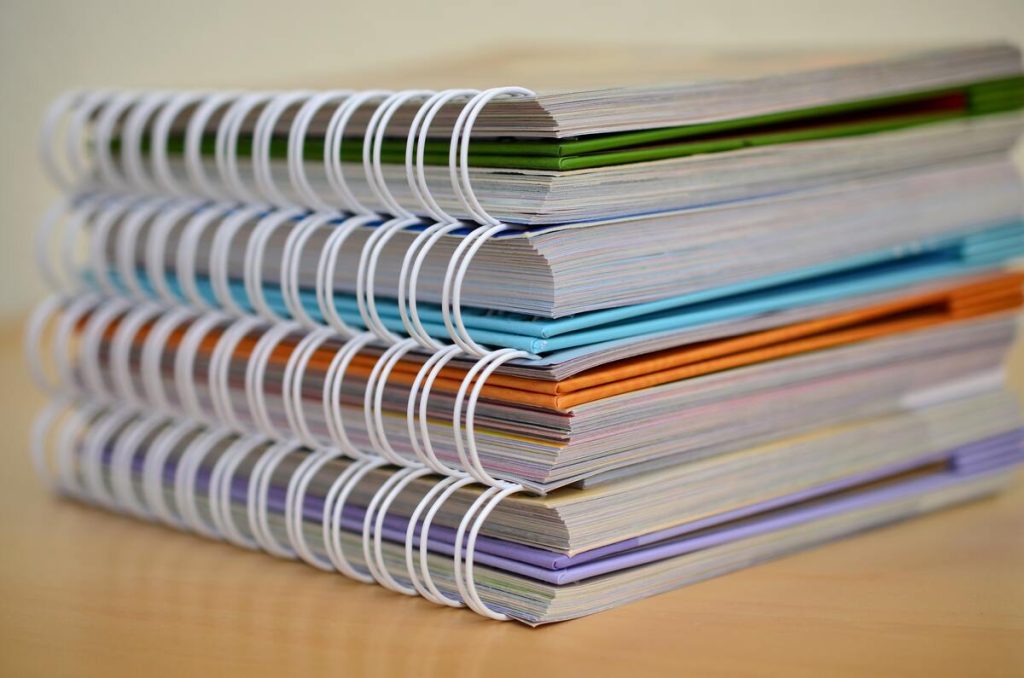
How does proper binding affect the functionality of printed documents?
Proper binding significantly impacts the functionality of printed documents by ensuring their usability, readability, and ease of handling. The choice of appropriate binding method directly influences how well a document can fulfill its intended purpose and meet the needs of its users.
Firstly, proper binding enhances the usability of printed documents. It ensures that the pages are securely held together, allowing readers to navigate through the material without any hindrance. Whether it’s a book, a manual, or a brochure, the binding keeps the pages in order and prevents them from getting misplaced or disorganized. This makes it easier for users to locate specific information, follow the flow of content, and refer back to relevant sections as needed.
Secondly, proper binding contributes to the readability of printed materials. A well-bound document lays flat when opened, allowing readers to view the content effortlessly without having to hold down the pages. This eliminates the need for constant page flipping or holding the document open, resulting in a more comfortable reading experience. Additionally, certain binding methods, such as perfect binding or case binding, provide a smooth and professional finish, ensuring that the pages turn smoothly and effortlessly.
On the other hand, saddle stitching or perfect binding is suitable for larger documents that need to be opened flat on a desk or table. The choice of proper binding takes into account the practical aspects of handling and transportation, ensuring that the document is user-friendly and adaptable to various situations.
What are some common binding options for printed materials?
There are several common binding options available for printed materials, each offering distinct advantages and suitable for different types of documents. Understanding these binding options can help individuals and businesses make informed decisions based on their specific needs and preferences.
One common binding option is saddle stitching, which involves folding the pages and stapling them together along the spine. This method is commonly used for booklets, brochures, and magazines with a relatively low page count. Saddle stitching is cost-effective, allows the document to lay flat when open, and works well for materials that don’t require frequent reference or heavy use.
Perfect binding is another popular choice, particularly for paperback books and thicker documents. In this method, the pages are glued together along the spine with a strong adhesive, creating a flat and professional-looking finish. Perfect binding offers durability and flexibility, allowing for larger page counts and accommodating thicker paper stock. It provides a clean and seamless appearance, making it suitable for presentations, catalogs, and manuals.
For materials that require greater durability and the ability to lay flat when opened, coil binding or spiral binding is a common option. This method involves inserting a plastic or metal coil through holes punched along the edge of the document. Coil binding allows for easy page turning, full 360-degree rotation, and the ability to add or remove pages as needed. It is often used for notebooks, reference guides, and calendars.
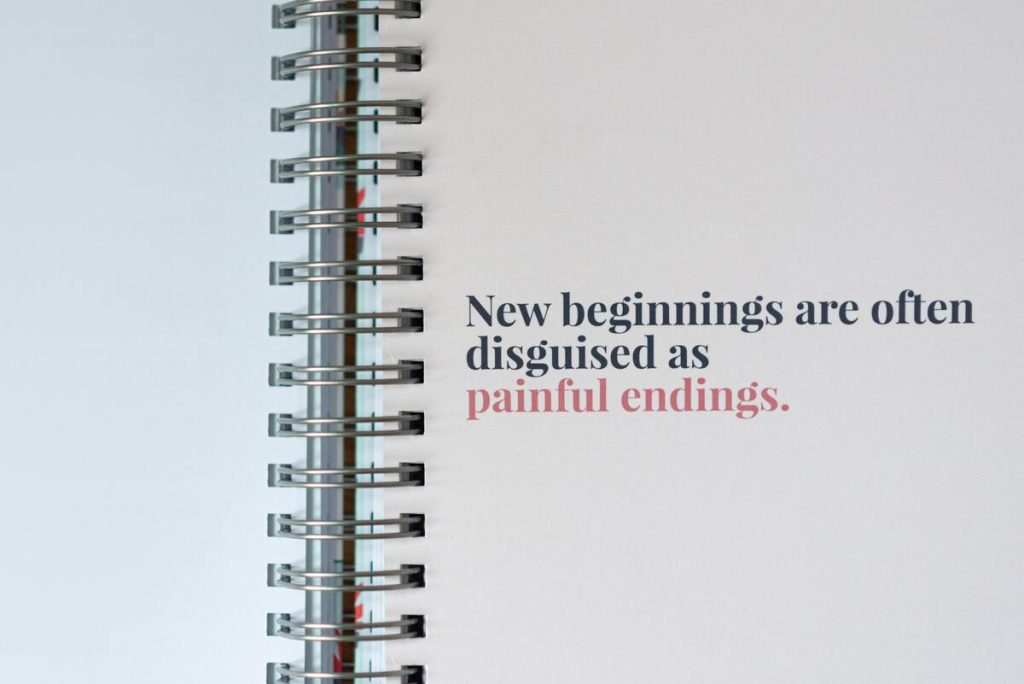
Which binding method offers the best durability for long-lasting materials?
When it comes to selecting a binding method that offers the best durability for long-lasting materials, case binding stands out as a reliable choice. Also known as hardcover binding, case binding involves sewing or gluing the pages of a book into a rigid cover, creating a robust and long-lasting result. This binding method is commonly used for high-quality and frequently referenced materials, such as textbooks, novels, or archival documents.
Case binding provides exceptional durability due to its sturdy construction. The sewn binding technique involves stitching the individual pages together, creating a strong and secure bond that can withstand repeated use and handling. Alternatively, the glued binding technique utilizes a strong adhesive to attach the pages to the book’s spine, providing a solid and durable structure.
The hardcover itself adds an extra layer of protection to the pages, safeguarding them from external damage, dust, and wear. The rigid cover, typically made from thick and durable materials like cardboard or bookbinding cloth, offers added strength and resistance against bending, tearing, or creasing.
How does improper binding impact the professional image of printed materials?
Improper binding can have a significant negative impact on the professional image of printed materials. When the binding is not done correctly or lacks durability, it can result in various issues that diminish the overall impression and effectiveness of the materials.
One of the primary ways improper binding affects the professional image is through visual appearance. If the binding is loose, uneven, or shows signs of wear and tear, it immediately gives the impression of poor craftsmanship and lack of attention to detail. It can make the materials appear unprofessional, amateurish, and hastily put together. Such an impression can erode the credibility and trustworthiness of the content within, especially for documents meant to represent businesses, organizations, or educational institutions.
Loose or weak binding can cause pages to fall out or become detached, leading to frustration and inconvenience for users. Imagine handing out a brochure or booklet only to have the pages scattered or misplaced. This not only reflects poorly on the quality of the materials but also hinders the intended purpose and usability of the content. Users may perceive such materials as unreliable, untrustworthy, or simply not worth their time.
Weak or inadequate binding methods may result in pages tearing, becoming easily damaged, or separating from the main body of the document. This compromises the longevity of the materials and can render them unusable or in need of frequent repairs. This can create a negative perception of the materials and the organization behind them, as it suggests a lack of investment in quality and a disregard for providing a lasting product.

What factors should be considered when selecting the appropriate binding style?
When selecting the appropriate binding style for printed materials, several factors should be carefully considered to ensure the best choice is made. These factors include the type and purpose of the document, desired durability, budget, aesthetic preferences, and user experience.
Different materials, such as books, brochures, manuals, or catalogs, have varying requirements. For example, a paperback novel may be best suited for perfect binding, while a reference manual that needs to lay flat when opened may benefit from coil binding or wire-o binding. Understanding the specific needs and functionality of the document is essential in making an informed decision.
The desired durability of the printed materials should be considered. If the document will be subject to frequent use, handling, or transportation, a binding style that offers robustness and longevity, such as case binding or coil binding, may be more suitable. On the other hand, if the document is intended for short-term or temporary use, options like saddle stitching or adhesive binding can be more cost-effective.
Budget is another important factor. Some binding styles may require additional materials, equipment, or manual labor, making them more expensive than others. It is essential to evaluate the available budget and select a binding style that strikes a balance between cost and desired quality.
Aesthetic preferences also come into play. Different binding styles offer distinct visual appearances, and the chosen style should align with the desired presentation and branding. Factors such as color, texture, and overall design should be considered to ensure the binding complements the content and creates a visually appealing finished product.
Can the choice of binding affect the readability and user experience of printed materials?
Absolutely, the choice of binding can significantly impact the readability and user experience of printed materials. The binding method directly influences how the document functions, how it can be navigated, and how comfortable it is for users to handle and read.
Firstly, the choice of binding can affect the readability of printed materials. Different binding methods offer varying degrees of flexibility in terms of how the pages can be opened and laid flat. For example, spiral binding or wire-o binding allows for 360-degree rotation and easy page turning, which enhances readability by allowing readers to view the content with minimal effort. On the other hand, binding methods like saddle stitching or perfect binding may not allow for the same level of flexibility, making it more challenging to keep the document open and maintain a comfortable reading experience.
For instance, if the printed material is a reference guide or a manual that requires frequent flipping between pages, a binding style that allows the document to lay flat, such as coil binding or lay-flat binding, can greatly enhance usability and convenience. This makes it easier for users to navigate through the content, find specific information, and refer back to previous sections without struggling with the physical constraints of the binding.
Some binding methods, like perfect binding or case binding, result in a more substantial and durable finished product, making it suitable for larger books or materials that will be handled extensively. On the other hand, lighter binding options like saddle stitching or adhesive binding may be preferred for smaller booklets or materials that need to be carried around easily.
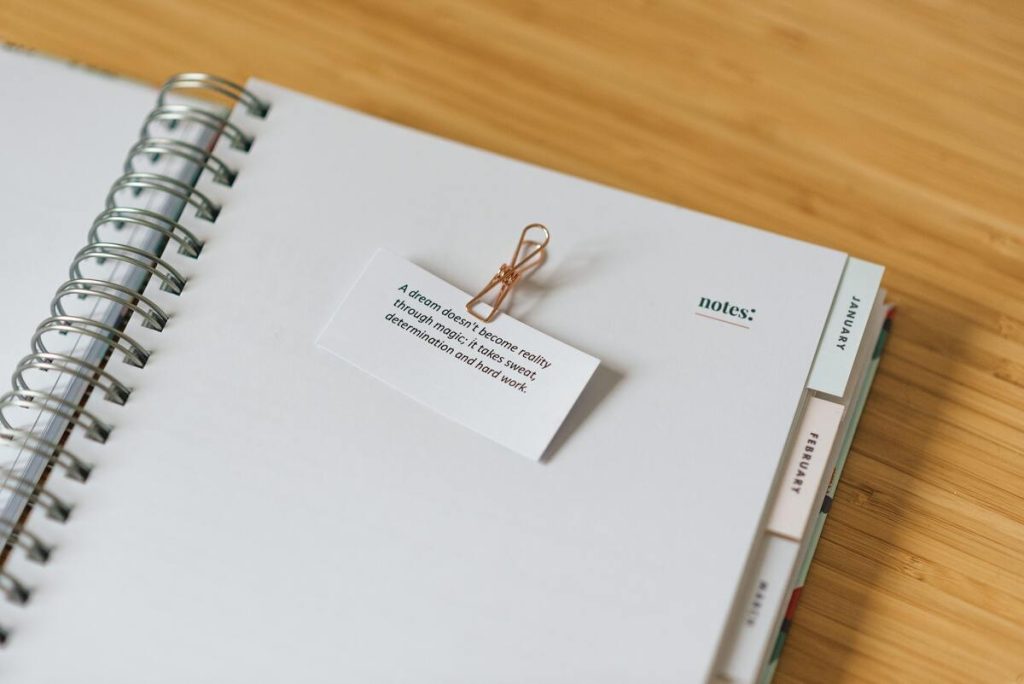
How does proper binding contribute to the longevity of printed documents?
Proper binding plays a crucial role in ensuring the longevity of printed documents. By employing appropriate binding techniques and materials, the integrity and durability of the document are upheld, allowing it to withstand the test of time.
This ensures that the document remains intact, even with frequent use, handling, or transportation. Properly bound documents are less prone to pages tearing or falling out, which can compromise the usability and readability of the content.
The binding method chosen can provide a layer of physical protection, preventing the edges of the pages from becoming frayed or worn over time. Additionally, certain binding styles, such as case binding or hardcover binding, offer additional protection to the pages, shielding them from external elements like dust, moisture, or light. This safeguards the content and helps preserve the document’s readability and visual appeal.
Conclusion
The importance of proper binding for your printed materials cannot be overstated. The binding serves as the foundation that holds together the pages of your documents, ensuring their longevity, functionality, and visual appeal. It goes beyond aesthetics, as it directly impacts the usability and durability of your printed materials.
Choosing the appropriate binding method is crucial to meet the specific needs of your project. Whether you’re creating a book, a brochure, a manual, or any other printed material, selecting the right binding style is essential. Each binding option offers its own advantages and limitations, ranging from saddle stitching for booklets, perfect binding for paperback books, to spiral binding for manuals.
Proper binding enhances the professional image of your materials. It prevents pages from falling out, keeps inserts secure, and ensures that your documents maintain their structural integrity. It also contributes to the readability and user experience, allowing readers to navigate through the content effortlessly.

